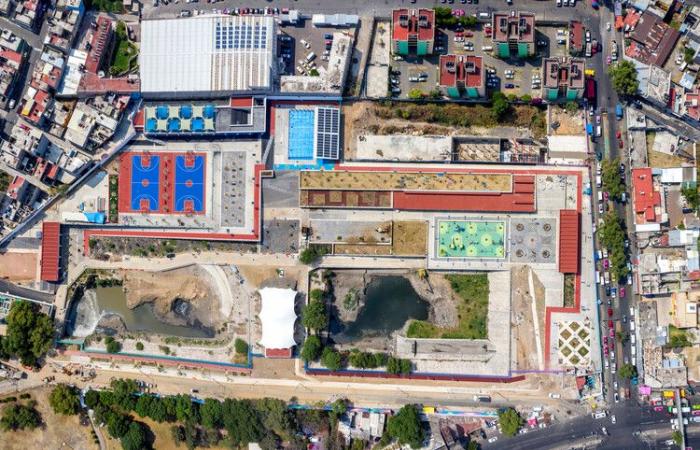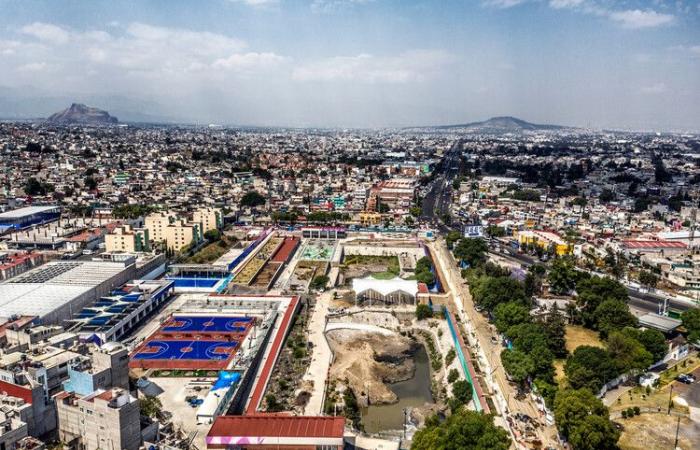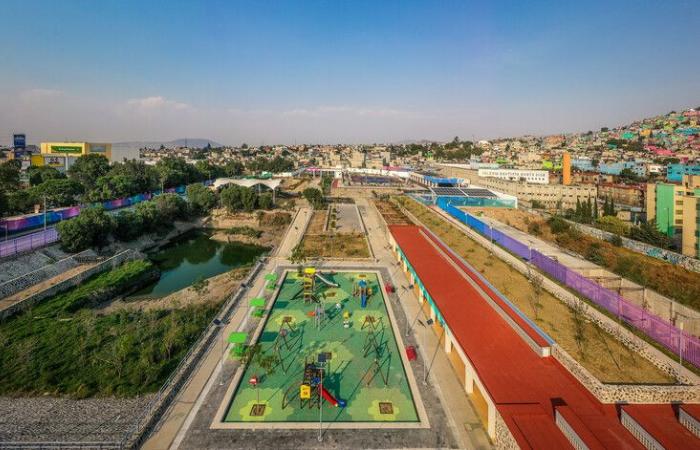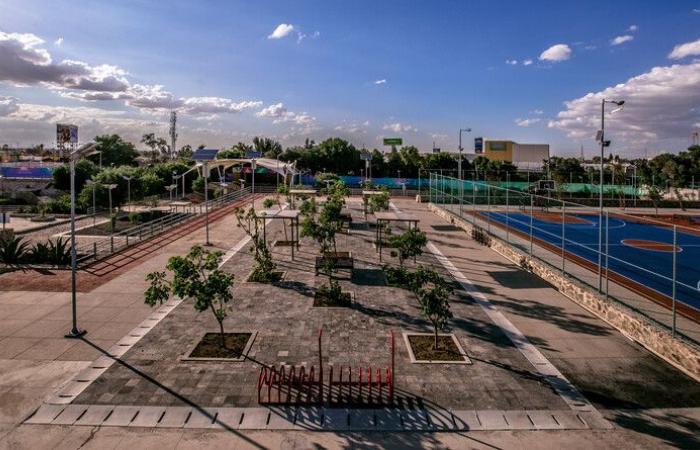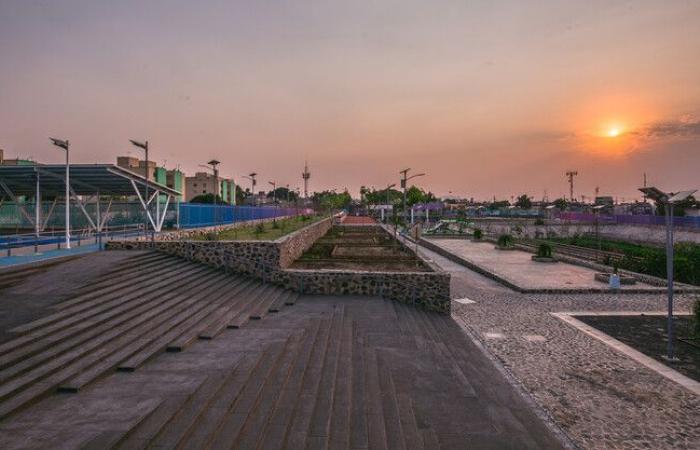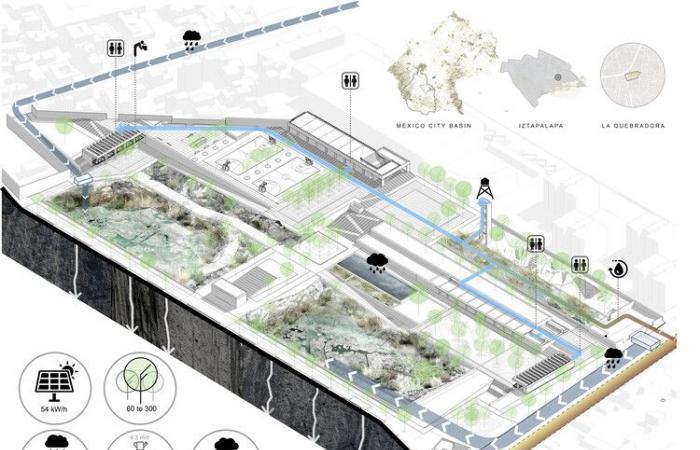Share Share
EITHER
Clipboard “COPY” Copy
Within the framework of the implementation of green infrastructure projects for water management in the Basin of Mexico based on existing public spaces, the La Quebradora Water Park emerges as the first proposal for hydro-urban acupuncture. The project of the team from the UNAM Institute of Social Research, coordinated by Manuel Perló Cohen and Loreta Castro Reguera Mancera, proposes to convert the infiltration of the property into a milestone of good water management, generation of public space and strengthening of the social fabric based on four levels: infrastructure, park, city and viewpoint. Solving part of the water and social problems that the territory faces, the proposal transforms the urban infrastructure into a public and recreational space for the community in an area with high density and few public areas.
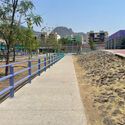

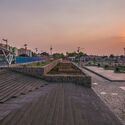
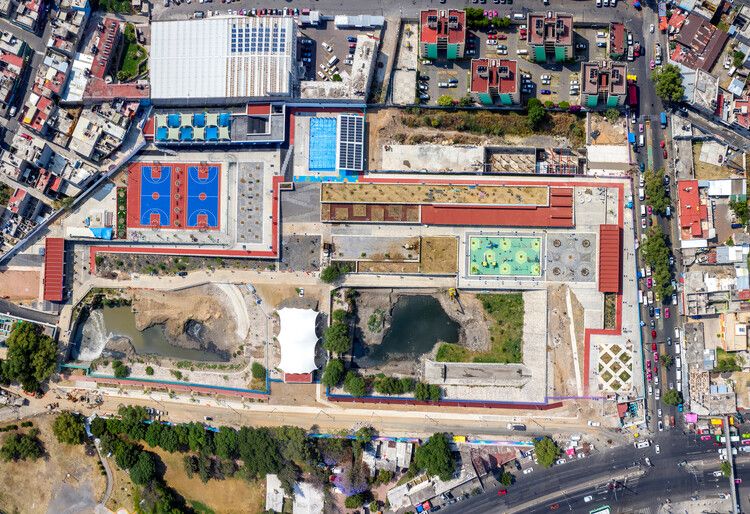 + 17
+ 17
Now, what are hydrourban acupuncture? What are your key objectives? As Jaime Lerner defines, “Without interfering in general planning, rapid improvement actions can be carried out at specific points, which is what I call urban acupuncture.”. While Kongjian Yu talks about the role of sponge cities in retaining and slowing the flow of water through terraces, ponds and dikes. In this way, the urban landscape becomes an active system that, through open spaces, is able to absorb excess water, retain it and filter it during rains, and then gradually release it.
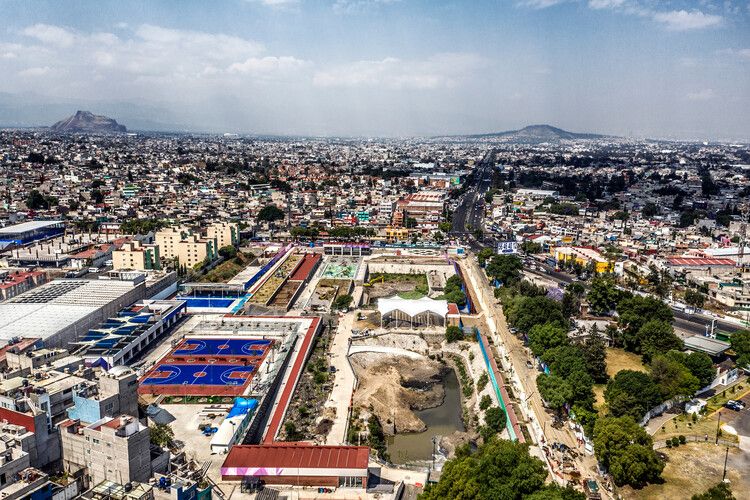
Day after day, Mexico City faces serious problems that make it increasingly precarious and difficult to live in, with water management being one of its main problems for years. Faced with a paradox of water stress and excess rainfall, the Valley of Mexico Basin presents severe problems in relation to the urban and natural environment, and also to its inhabitants. Towards some sectors of the city, this situation worsens, such as in the Iztapalapa Municipality, the most populated in Mexico City and which concentrates many people in poverty, segregation and few public spaces. Due to its geographical location, which includes part of the Sierra Santa Catarina and what was Lake Texcoco, overcrowding, lack of urban planning and abundance of informal housing, have historically suffered flooding and lack of water.
Related article
Urban acupuncture: regeneration of public space through hyperlocal interventions

The La Quebradora Water Park is implemented on the site in accordance with the traditional way in which the landscape has been worked on in Mexico through platforms of local volcanic stone walls. In a north-south and east-west direction, a series of platforms, plazas and walkways generate various routes through a 3.8 hectare site accompanied by a plant palette that is endemic or rooted in the area. In addition, the platforms contain several buildings that complement the program, including a bookstore/library, workshops, sports spaces and a community center.

The project acts on different levels, seeking to solve many of the problems generated in the area and benefiting 28,000 inhabitants. In addition, it aims to act as a flood mitigator, improve water quality by infiltrating it into the subsoil, triple the number of trees through endemic species, facilitate pedestrian mobility and accessibility to public transport, among other issues.
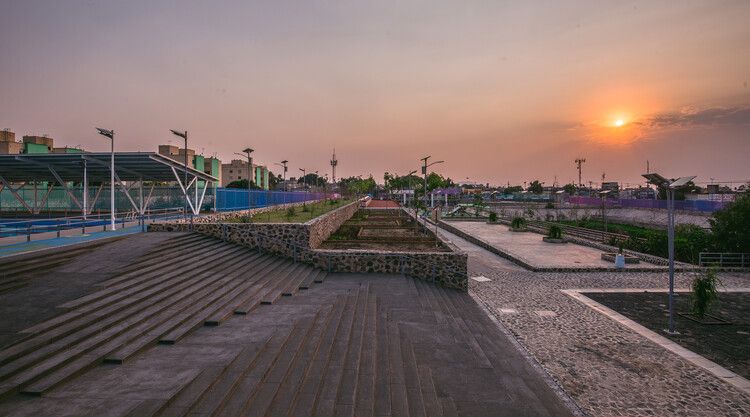
Developed at UNAM between 2013 and 2017, the proposal involved an intense research program involving collaboration between different disciplines and confronting the complexity of the political environment. Its construction began in 2017 while, after the 2018 elections, it stopped. However, after the effort made during the design phase to involve the community in the project, the work was restarted in 2019 and after two years, it was inaugurated. Although some of the important components of the project were omitted, such as the wastewater treatment system with a WWTP and wetlands along with its reuse in toilets or the elimination of solar panels to achieve sustainability in energy terms, the project established an important precedent.

La Quebradora changed its name to Utopia Atzintli, forming part of the local government program of the Iztapalapa mayor’s office between 2018 and 2024, where the transformation of abandoned areas into similar projects is promoted. Receiving around 7,000 visitors per week, the park functions as a space for regulating and infiltrating stormwater runoff. In addition, it consolidates a meeting space for cultural, sports and leisure activities and includes a space for the protection and assistance of women victims of violence. In 2018, he was awarded the Global Gold Medal and the Latin American Region of Holcim Awards for Sustainable Construction and has also received several recognitions from CAF and other institutions.
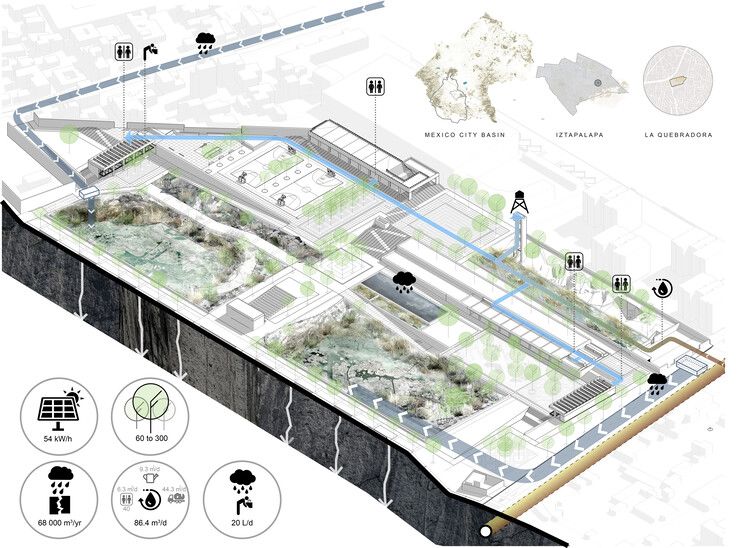
This article is part of an ArchDaily series titled AD Narrativeswhere we share the story behind a selected project, going in-depth into its specifics. Each month, we explore new buildings from around the world, highlighting their history and how they came to be. We also speak to architects, builders, and the community to highlight their personal experience. As always, we at ArchDaily greatly appreciate the contributions of our readers. If you think we should highlight a particular project, Send us your suggestions.
This article is part of ArchDaily’s topics: Passive Architecture. Each month we explore a topic in depth through articles, interviews, news and works of architecture. We invite you to learn more about our themesAnd as always, at ArchDaily we value the contributions of our readers: if you want to nominate an article or a work, Contact us.
Related article
Urban acupuncture: regeneration of public space through hyperlocal interventions






